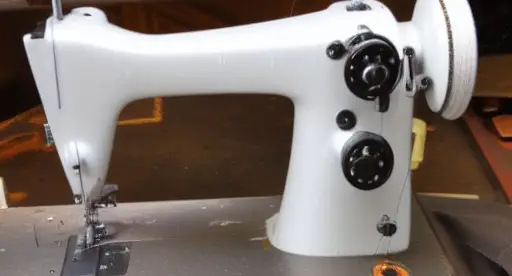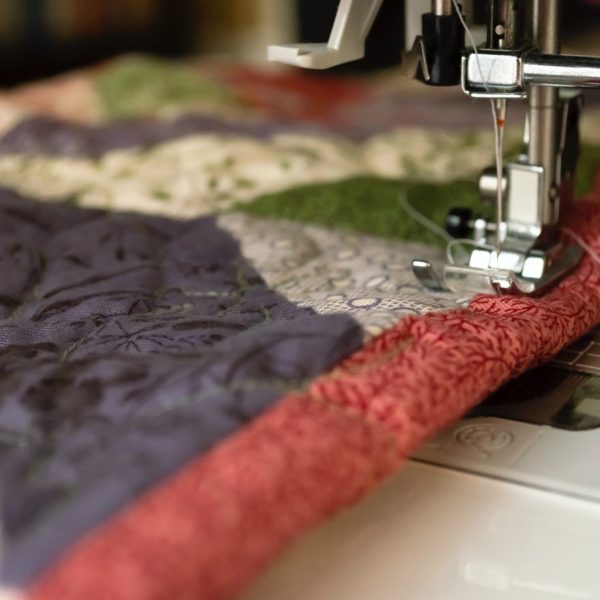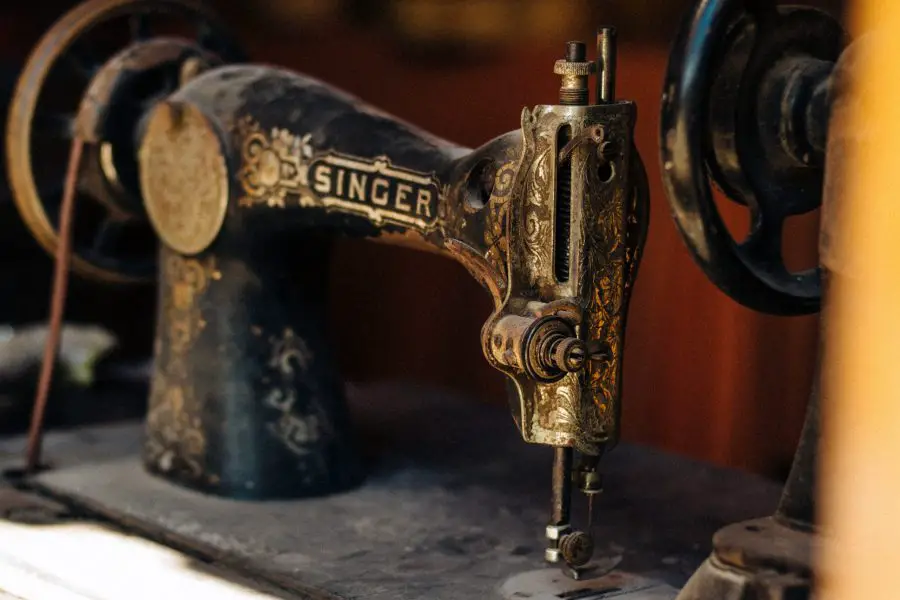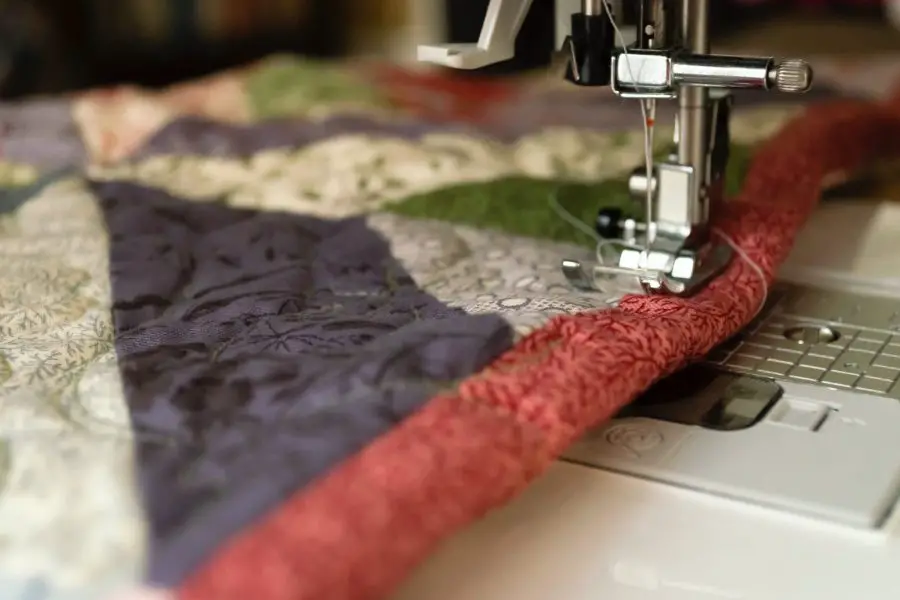You probably spent a good chunk of change on that fancy new sewing machine. So now the question is: How can you keep it running at peak performance for as long as possible? in this article we cover the 5 top ways to keep up maintenance on your sewing machine. If you have any other tips please be sure to leave them in the comments section just below.
Cleaning and maintaining your machine
Before you begin cleaning your machine, unplug it, and remove any thread that may be stuck on spool holders, feed dogs, and around the bobbin area. If you have a front-loading machine, remove the bobbin cover and spool pin to clean the area behind the needle. First, you’ll want to clean the lint and loose fibers from around the feed dogs and tension dial. You can use a brush with soft bristles, a lint roller, or a compressed air-free cleaning can to remove the fibers. Next, clean the spool holders, bobbin area, and the bobbin cover. Again, you can use a brush with soft bristles or a lint roller to clean the machine.
Oil your machine
You should clean and oil your machine regularly, but you should definitely do it when you purchase your new machine. Once you’ve cleaned your machine, apply a few drops of oil to the machine’s moving parts. Be careful not to over-oil your machine. Now, let’s talk about the different parts of your machine that need oil. Your machine has a spool pin on which your spool of thread is mounted to wind around. This spool pin also has a bearing that is composed of a ball bearing and a cup-shaped bearing. This is the part of your sewing machine that needs oil. The ball bearing will be at the top of the spool pin and the cup-shaped bearing will be at the bottom of the spool pin. The machine’s feed dogs move fabric under the presser foot each time the machine stitches. This is a very important part of your sewing machine. Therefore, it is important to clean and oil your machine’s feed dogs regularly to ensure smooth stitching and the longevity of your machine. You can clean the feed dogs with a soft brush or a toothbrush. You can apply machine oil or general purpose oil to the feed dogs to keep them well-oiled.
Check the tension
You should check the tension on your machine when you first buy it, every few months, and before each project. The machine’s tension determines how tight or loose the stitches will be. Too loose, and your stitches will be too large, and you’ll have trouble sewing thick fabrics. Too tight, and your stitches will be too small, and you won’t be able to sew certain fabrics, like knits. You can adjust the tension by turning the dial on the front of the machine to increase or decrease the tension. You don’t want to turn it too much, or you won’t be able to sew anything. You want the stitches to be tight enough that they don’t come unraveled or fall out. To check the tension, thread your machine with a spool of thread, select a medium-sized stitch length, and sew a couple of stitches on a scrap piece of fabric. Then, remove the fabric, hold it up to the light, and look at the stitches. If they’re too loose or too tight, adjust the tension accordingly.
Maintain the drive belt
The drive belt is located inside the machine where the motor and the hand wheel are. To clean and maintain the drive belt, unplug your machine and remove the hand wheel by loosening the hand wheel screw. Put a drop of oil on the end of the drive belt where it attaches to the hand wheel. Next, put a drop of oil on the top of the sewing machine frame, about an inch away from the hand wheel. Now, replace the hand wheel and tighten the hand wheel screw. To finish cleaning the drive belt, remove the bottom plate of the machine by loosening the three screws and removing the screw inside the bobbin area. Remove the belt from the machine and clean both sides of it with a soft brush. Replace the belt back into the machine with the belt’s teeth facing up. Replace the bottom plate, screws, and bobbin area.
Conclusion
Your machine is an investment, so it makes sense to take care of it. By cleaning and oiling your machine regularly, you should be able to extend its life. It’s also important to clean and oil the drive belt, check the tension, and change the needle often. With these maintenance tips, you should be able to get years of use out of your sewing machine.







Leave a Comment